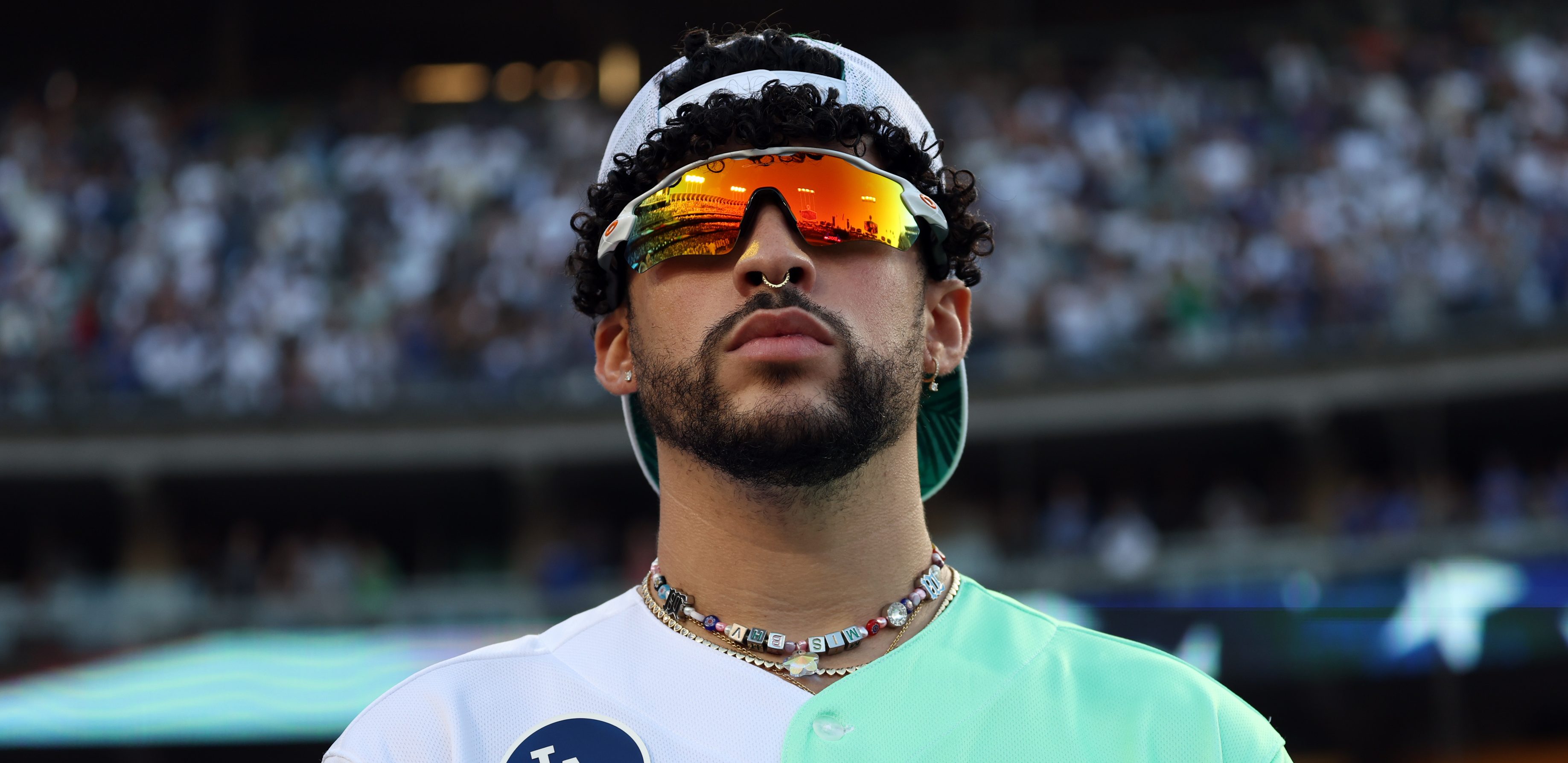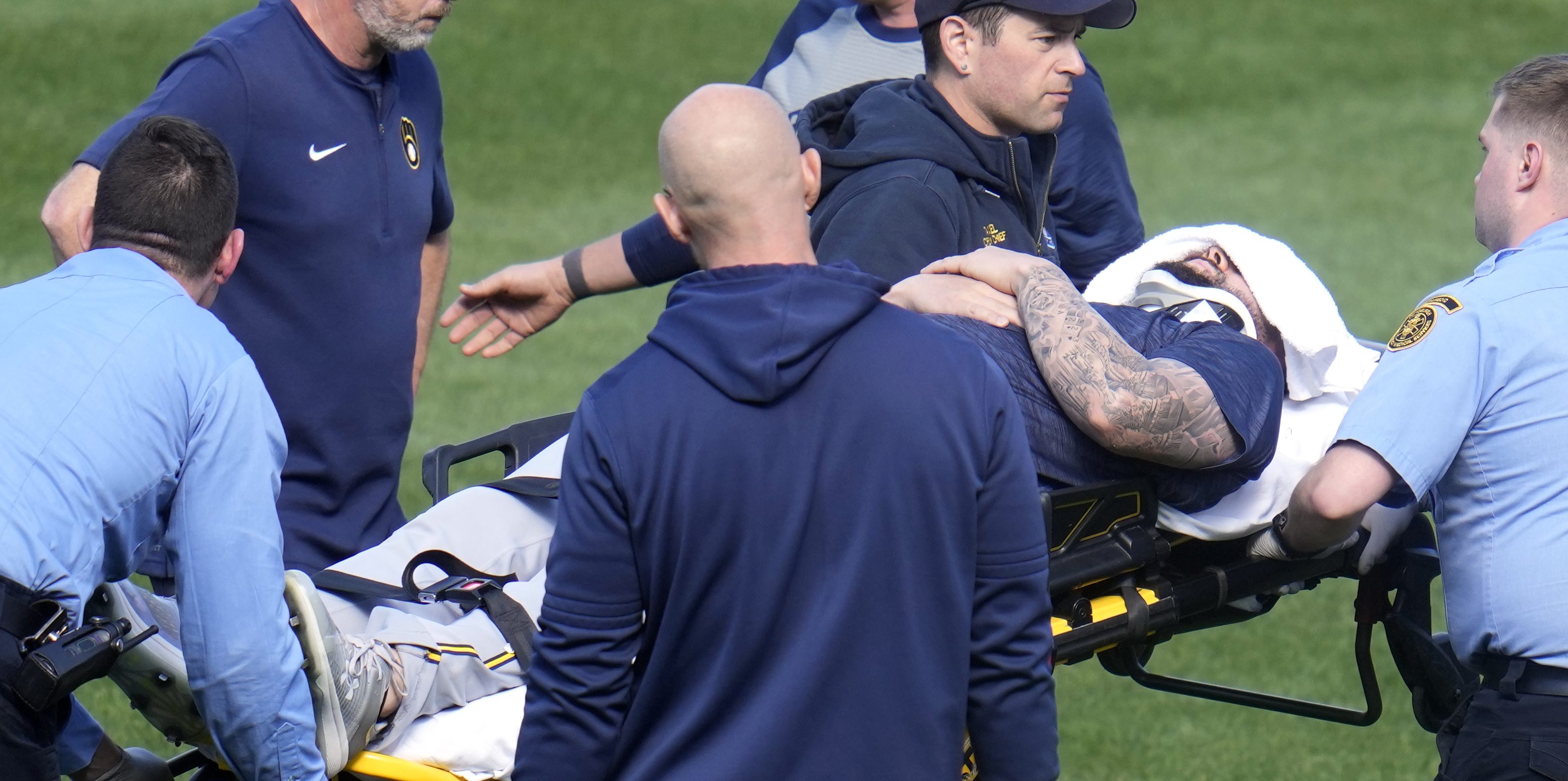Spring training: Once a laid-back, sunshine-soaked reminder that the baseball season is around the corner. Now, a careful, regimented test for baseball’s return.
On Saturday, The Athletic reported a long list of health and safety protocols contained in a 67-page proposal that Major League Baseball delivered to the players association the night before. Among those pages, which include plans for testing and regular season operations, the league detailed precautions it hopes to implement in spring training, pending the the MLBPA’s support.
No matter the outcome of negotiations, the league’s proposal suggests that this second iteration of 2020 spring training will have a much different feel from the first. It stands to reason that it will also dictate the feasibility of carrying out the regular season as planned. Earlier this week, MLB owners approved a proposal targeting an early July Opening Day. But first, MLB has to prove in “spring” training that it can contain the coronavirus.
The owner’s proposal earlier this week reportedly gave teams the option of holding June spring training at either their home ballparks or spring training facilities. This new 67-page document proposes that those remaining in their home cities should not only stagger workout times, but also use nearby facilities for split-squad workouts and games if possible.
That setup would limit the number of players at the facility at one time, and therefore reduce the risk of spreading illness.
Reporting dates are always staggered, with pitchers and catchers arriving before the rest of the team. But the proposal breaks spring training down into even more phases. Pitchers and catchers would still report first, but in the first phase, workouts would be limited to groups of five.
Phase 2 would allow larger groups and intra-squad games, but workout times would still be staggered. The third phase plans for games, but on a limited basis.
MLB
For teams that return to their facilities in Arizona or Florida, additional precautions are in order due to the June heat in those states.
The document reportedly suggests that games at Cactus and Grapefruit League facilities begin between 7 and 9 p.m. local time. Four- to five-person umpiring crews would be used, with the possibility of rotating plate umpires in especially hot conditions.
Those regulations, along with a 50-player-per-club restriction, would work in tandem with regular COVID-19 testing and strict health and hygiene guidelines.
So, no, Spring Training 2.0 won’t really feel like spring training. But if it goes smoothly, MLB may be ready to play ball in July.


